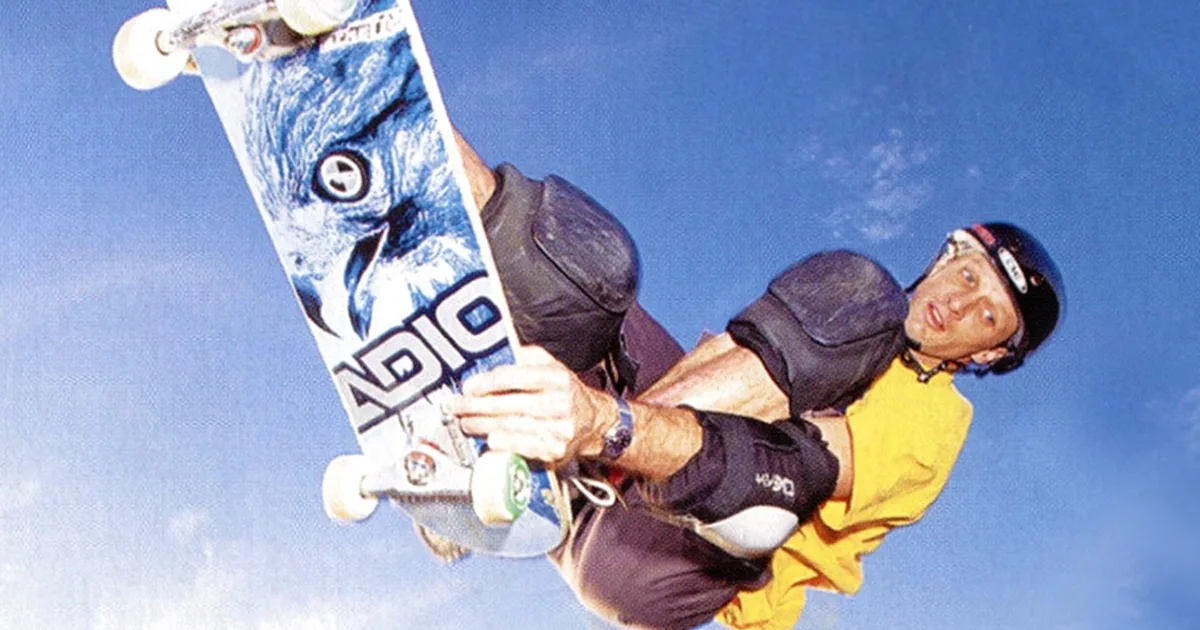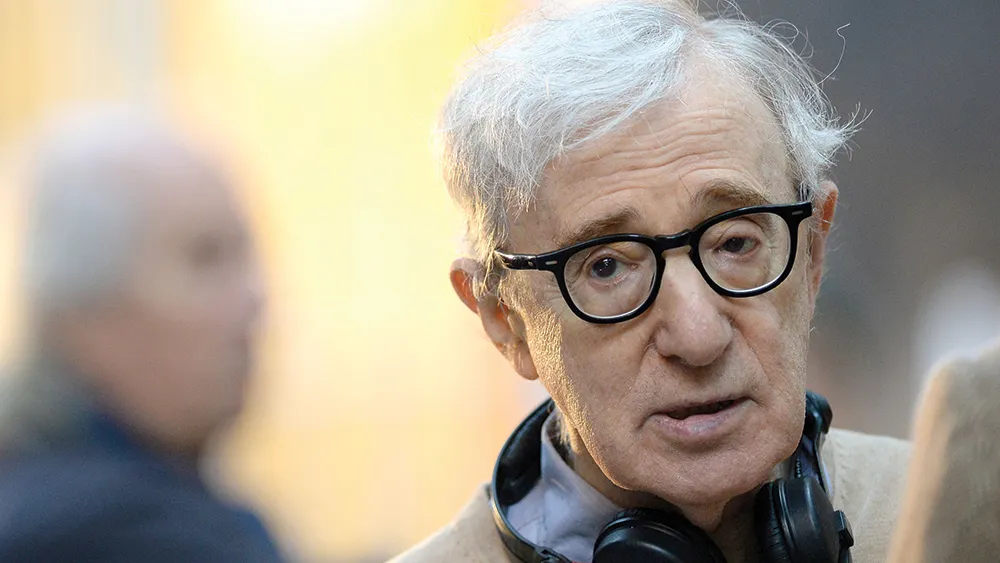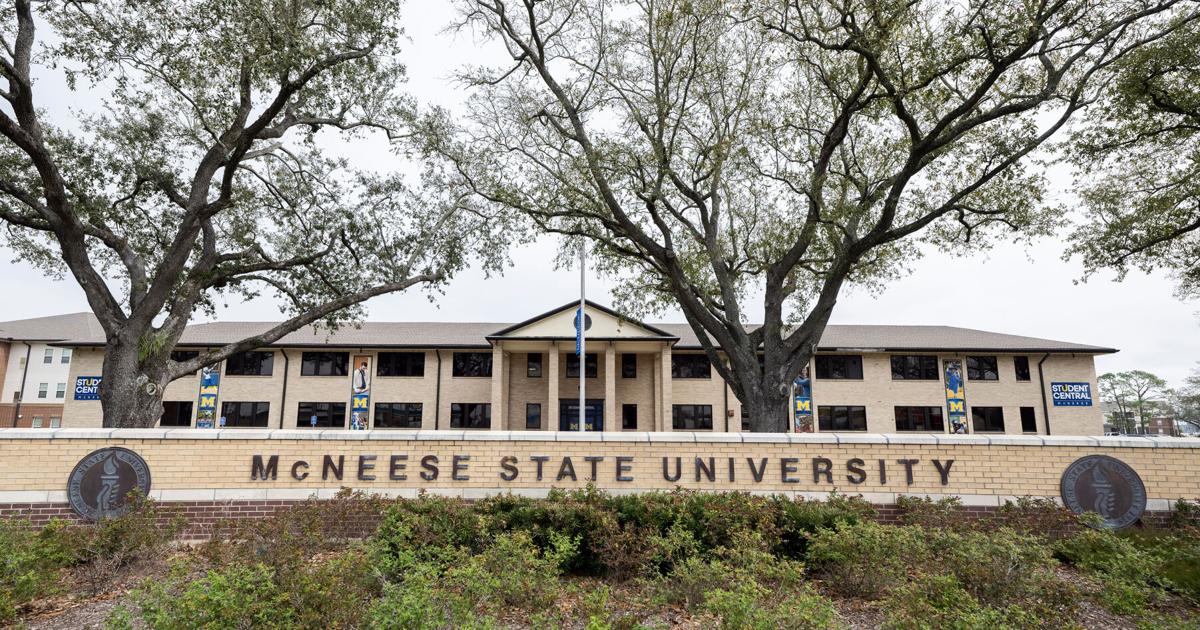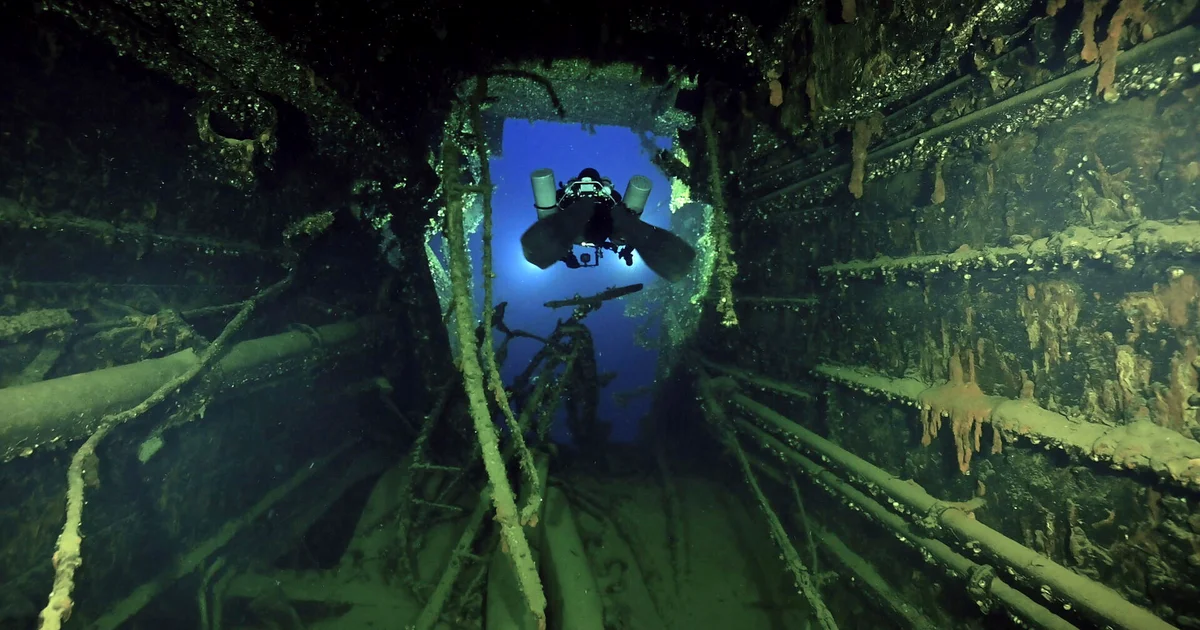
The original Tony Hawk Pro Skater changed everything. It popularized a new and exciting genre. It introduced a generation to music they otherwise wouldn’t have been exposed to. It even helped popularize a classic sport on the cusp of going mainstream. Just a few short months after its 1999 release, it was clear that Neversoft’s skateboarding game had become a phenomenon that transcended gaming and penetrated pop culture at large.
With such a runaway hit on their hands, it was clear what Neversoft had to do next. The success of Pro Skater led to its acquisition by publisher Activision, and by April 2000, production had begun on a sequel. Tony Hawk Pro Skater 2 was set to release just a year after the first game, and somehow, within that short period of time, the talented developer managed to make an even more legendary title.
Tony Hawk Pro Skater 2, which hit store shelves 25 years ago today, is about as perfect as video game sequels get. While the game largely sticks to the foundation laid out by the first game, this ambitious sequel expanded on those core ideas in every logical way.
For one, the game’s trick system was altered in a way that made the original seem like child’s play. Pro Skater 2 introduced the manual, a wheelie-like maneuver that could be used to link tricks together. In the first game, big point opportunities were limited to whatever players could perform after a single jump. Performing a grab or flip trick into a grind, and maybe jumping to another rail to keep racking up points, was as elaborate as these efforts could get.
With the addition of the manual, big point opportunities were limited only by the player’s imagination and balance. A player could trick into a grind, then hop off into a manual to carry themselves to another part of the level to keep the combo going. This small wrinkle raised the game’s skill ceiling considerably, and the sequel’s career mode reflected that. Levels included huge scores to be beaten, forcing players to learn the ins and outs of this new mechanic.
Pro Skater 2’s 10 levels were larger and more interactive. From the very start, players could make a helicopter take off and a dormant propeller explode, setting the tone not only for the game but the entire series moving forward. These are all-time levels, too. School II is a classic that includes several real locations featured in popular skate videos, Marseille’s a blast to shred thanks to its comboing opportunities, and the game finally included a level with a rideable skate loop, as teased in the first game.
If that wasn’t enough, Pro Skater 2 introduced a Park Editor to let players build their own levels. This, alongside Create-A-Skater, added replay value that didn’t exist in the first game, which was limited to a few unlockables. Speaking of, Pro Skater 2 had an unforgettable reward for beating the game: your Friendly Neighborhood Spider-Man. Neversoft, which also released a Spider-Man game in 2000, got permission from Marvel to include the webhead as a playable skater, complete with his own signature moves, boards, and alternate costumes straight from the comics.
Of course, it wouldn’t be a Tony Hawk game without an impeccable soundtrack, and Pro Skater 2 did not miss. The sequel evolved the soundscape to include hip-hop and thrash, with fantastic results. From Rage Against The Machine and Anthrax to Gang Starr and Bad Religion, there are no skips on this playlist, which again exposed kids and adults alike to new artists and genres.
Tony Hawk Pro Skater 2 sold over 5 million copies and is often considered the best in the series, though I’d personally give that honor to Pro Skater 3. What’s most miraculous about this generational sequel is that it came so soon after the first game. In an era where games can take upwards of 13 years to make good on the promise of their predecessor, it’s a breath of fresh air to look back on a classic and see how good players had it. Neversoft managed to make one of the PlayStation era’s all-time classics in less than a year, and it still holds up another 25 years later.



